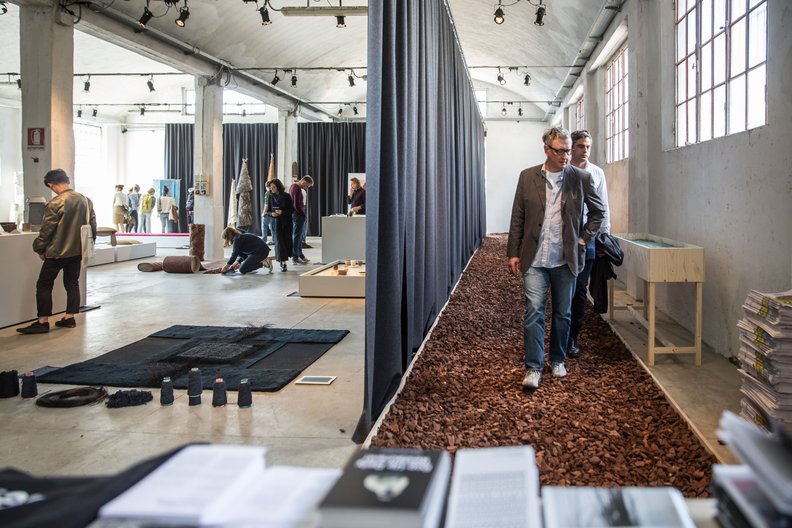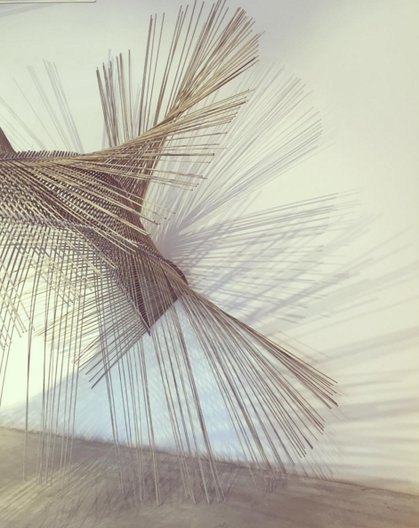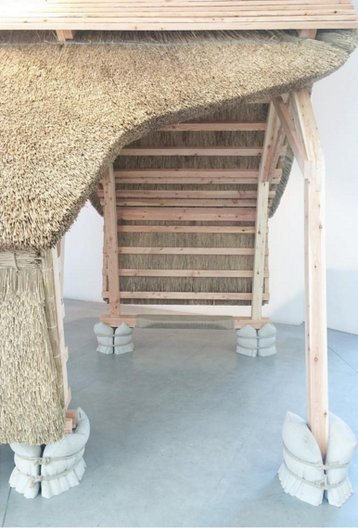26 April 2016
by Jacob de Munnik
Every year during the Milan Design Week, Ventura Lambrate is traditionally the disctrict that focusses on design and architecture academies, emerging talents and new design trends. With over 161 participants this year, it's the first fully curated district of the Milan Design Week and provides a platform for upcoming designers to showcase their work.
Situated in the industrial north-eastern suburbs of Milan, Ventura Lambrate hosts it's numerous exhibitions in empty factory buildings, transformed gallery spaces and shared courtyards that are so characteristic for the Lambrate area.
In the exhibition Touch Base, Design Academy Eindhoven explored the tactility in human life. The show brought together recent graduates that responded to the empowering, but overwhelming presence of technology and digitalism nowadays. It reveals their hunger for a more tactile surrounding in an era where screens, apps, texts, games and email dictate how we live and communicate.
This manifests itself very directly in the rugs of Charlotte Jonckheer, where she explores the tactual perception of natural materials and how we respond to it. Or Ekaterina Semenova who, in a more conceptual way, reinvents how we can use our resources (milk) prior to its mega industrialization process. In a world of overproduction she explores the effects of different waste dairy products when used as a glaze on ceramics, discovering that it makes the clay both more durable and waterproof.
In the exhibition History as Catalyst, Aarhus School of Architecture explored how architecture can help improve people's everyday lives in a society that is constantly changing. "Using history as a catalyst for a series of experiments, the exhibition presents unique works that combine traditional craftsmanship and familiar materials with digital manufacturing processes", explains Karen Kjærgaard, the exhibition’s curator.
For example in The Milan Pavilion, where a traditional thatching technique for building roofs has been displayed. This old technique is not being applied as much as it used to be, and therefore has been adopted by the school and used as inspiration for introducing new ways of threading synthetic straw materials with the aid of advanced robotics to create a floating roof, which resulted in The Spine.
In this way the exhibition presented experimental and transdisciplinary collaborations and inventions rather than finished products in order to spark off a discussion embracing the numerous challenges architects are facing today.
Press here for a video about Ventura Lambrate to find out more about the disctrict and the exhibitors.
Category
Exhibition





